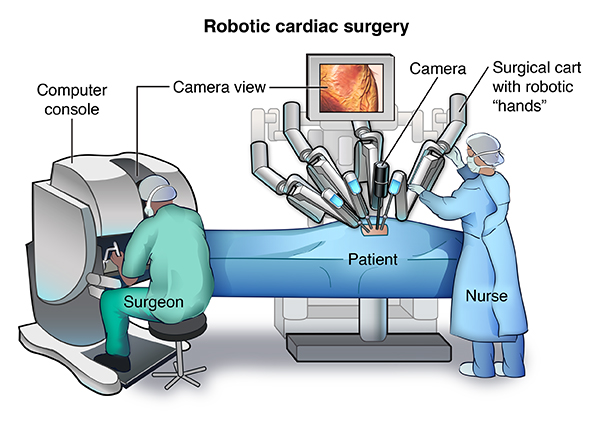This article was published as a part of the Data Science Blogathon.
Introduction to AI in Healthcare
Artificial Intelligence (AI) has made a great impact across a wide range of industries, especially healthcare. The application of AI in the healthcare industry fundamentally improvises medical diagnosis, treatments, and the future of medicine. This blog covers some of the applications of AI in the healthcare sector. So, let’s get started.
Applications of AI in Healthcare
1. Robot-assisted Surgery: Recently, robotic surgery has become very popular. Many hospitals use robotic technology to help them complete tasks that call for accuracy, control, and flexibility. It is used for very complex tasks requiring excellent skills and accuracy.
Robots equipped with mechanical arms, cameras, necessary surgical instruments, and the data’s condensed knowledge augment the surgeons’ skills, subject matter expertise, and experience, leading to a new way of doing surgery. This enables surgeons to operate the robot’s mechanical arms from a computer console. In contrast, the robot provides a magnified, three-dimensional vision of the surgical site that is not possible to see with the naked eye.
Robotic surgeries assisted by AI lead to fewer complications, relatively less discomfort for the patients, and quicker recovery times.
Source: hopkinsmedicine.org
2. Early Diagnosis of Fatal Blood Diseases: Artificial intelligence is a huge asset when it comes to early diagnosis of potentially fatal blood-related disorders. Doctors can now check for harmful chemicals and bacteria in blood samples (such as Staphylococcus, E. coli, etc.) faster than they could with manual scanning, thanks to AI-enhanced microscopes. For the machines to learn how to locate the harmful bacteria, researchers examined more than 25,000 pictures of blood samples. AI enables the machines to learn to identify these bacteria in the blood and predict their existence in the new samples with an accuracy of 95%, lowering the fatality by a large margin.
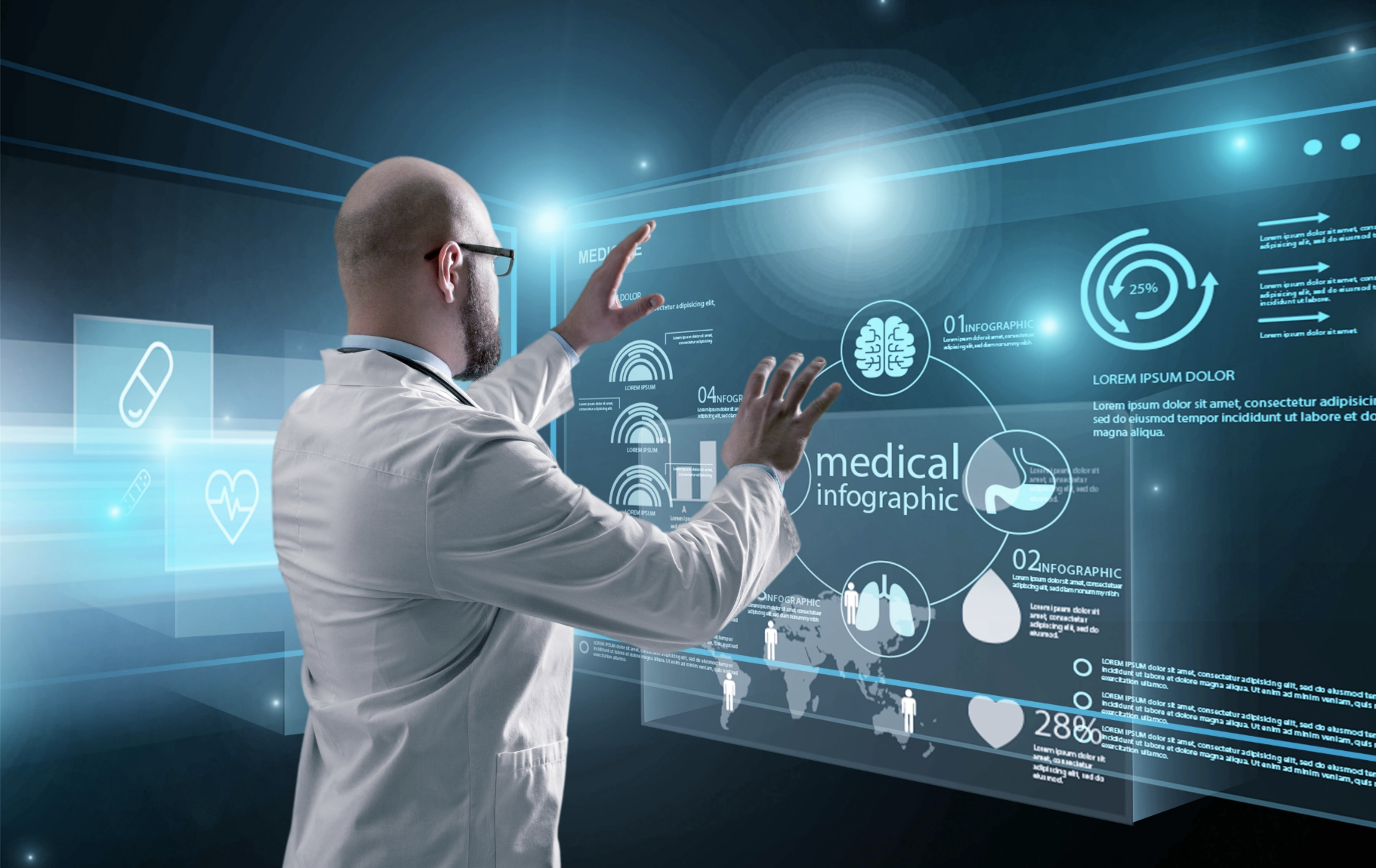
Source: insights.xtria
3. Customer Service Chatbots: Using technology like natural language processing (NLP), chatbots enable patients to ask questions about appointments, bill payments, and other topics. To lessen the burden on the medical staff, chatbots also aid in communicating with patients regarding their sickness and symptoms.
The chatbots also help patients by providing the necessary solutions, freeing healthcare professionals to concentrate on other pressing responsibilities. In addition to engaging patients, this healthcare solution provides them with cutting-edge care and improves outcomes.
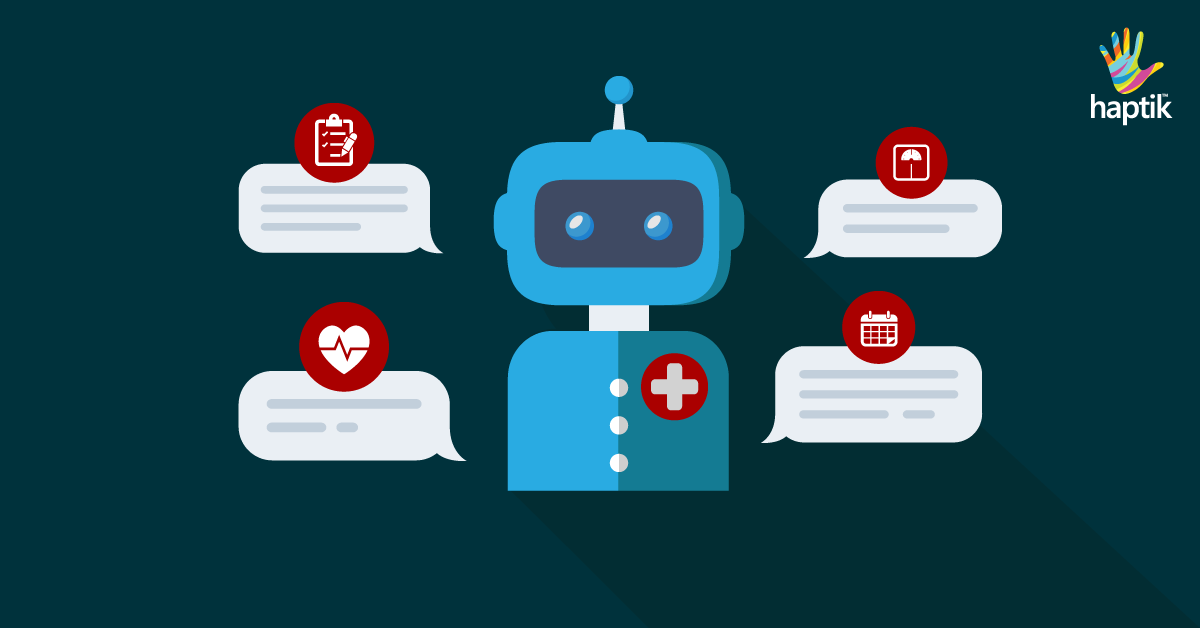
Source: chatbotslife
4. Virtual Health Assistants: Virtual health assistants (VHAs) are responsible for several tasks like answering routine patients’ calls and emails and keeping their medical information while protecting sensitive data, setting up doctor appointments, reminding patients of follow-up visits and clinical meetings, etc.
VHAs could also incorporate cognitive computing, augmented reality, and body and voice gestures to make virtual assistants smarter. It is one of the most helpful AI applications in healthcare that provides patients with a tailored experience in managing their health and addressing their questions. Both patients and medical professionals benefit from the decrease in the number of hospital visits.
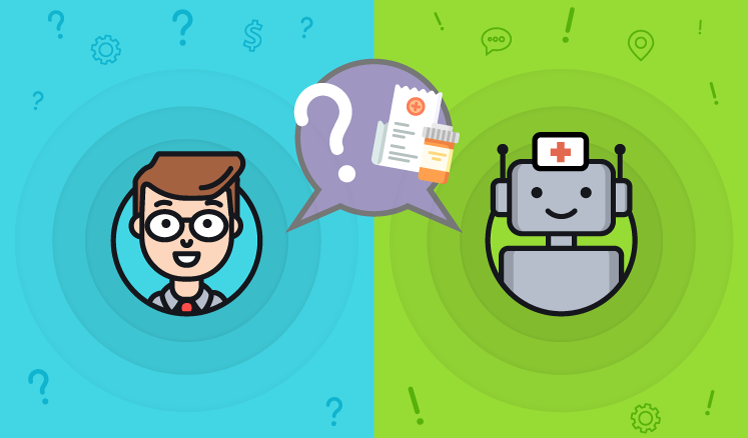
Source: scnsoft.com
5. Treatment of Rare Diseases: An AI-based clinical-stage biotech platform called BERG seeks to map diseases to hasten the discovery and development of cutting-edge breakthrough drugs and vaccines, revolutionizing the way healthcare is provided. Medical practitioners can produce durable products for patients suffering from rare diseases, thanks to research and development (R&D) and interrogative biology.
In addition, BERG has highlighted its Parkinson’s disease research advancement. This neurological ailment causes stiffness, tremors, and difficulties with basic activities, including balance, coordinating, and walking. The symptoms of Parkinson’s disease develop slowly and become worse gradually, making it one of the worst diseases. BERG uses Artificial Intelligence to tie up the links between human body chemicals that were not known earlier.
This demonstrates how AI is already having a significant positive impact on the healthcare sector and will continue to do so moving forward.
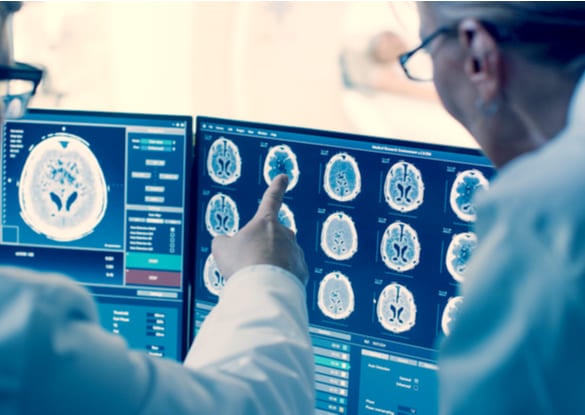
Source: evansvilleradiology
6. Automation of Redundant Healthcare Tasks: Artificial Intelligence’s and its tools’ notable role in healthcare is that it automates repetitive and time-consuming tasks. As a result, administrators have more time to work on other crucial and imperative tasks. Olive is an AI-based platform that automates several procedures, including determining if unadjudicated medical claims are eligible and sending the relevant medical data to the appropriate medical specialists. The best part is Olive is simple to integrate with the tools and software that a hospital already has in place, eliminating the need for pricey downtimes and integrations.
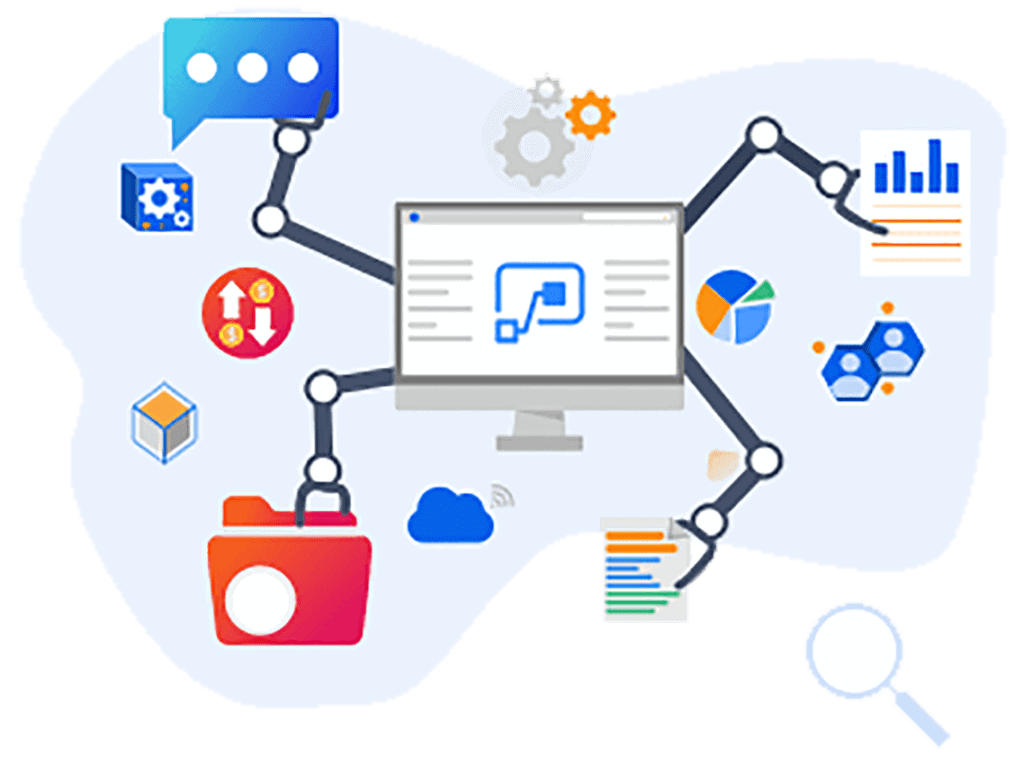
Source: smartbridge.com
7. Reduction of Dosage Errors: Because even a single extra dose of a medication or drug might have dire repercussions on a patient’s body, the patient must take the recommended dosage on time. Otherwise, there can be severe consequences. With the help of Artificial Intelligence, the industry will be able to lower the potential for drug errors.

Source: indiatimes.com
8. Management of Medical Records: One of the upcoming Big Data frontiers that need to be conquered is healthcare. Significant and useful data often gets lost in the massive data collection like a needle in a haystack, leading to the industry losing billions of dollars a year. In addition, the development of accurate diagnoses and new drugs and medicines is slowed down without the ability to connect crucial data pieces.
Data Science in healthcare has made several healthcare organizations turn to AI to stop data loss. AI enables them to break down the data and connect the necessary data that earlier took years to process.

Source: healthcaretransformers
Conclusion
So in this article, we explored how AI is fundamentally changing the healthcare sector. The following are the key takeaways to remember from this article:
- Robotic Technology, in conjunction with AI can help complete tasks that call for excellent accuracy, control, and flexibility, eg. surgery.
- With the help of AI, harmful chemicals and bacteria could be detected in the blood samples, which can further aid in the early diagnosis of fatal blood diseases.
- Using technology like natural language processing (NLP), chatbots/virtual health assistants enable patients to ask questions about appointments, bill payments, and other topics.
- Medical practitioners can leverage AI-based techniques to map diseases to hasten the discovery and development of cutting-edge breakthrough drugs and vaccines for patients suffering from rare diseases. Moreover, risky events inflicted by dosage errors can also be mitigated.
- With the help of AI, repetitive and time-consuming tasks can be automated. As a result, administrators can have more free time to work on other crucial and imperative tasks.
- Medical records can be managed effectively so that the data doesn’t get lost.
The media shown in this article is not owned by Analytics Vidhya and is used at the Author’s discretion.
